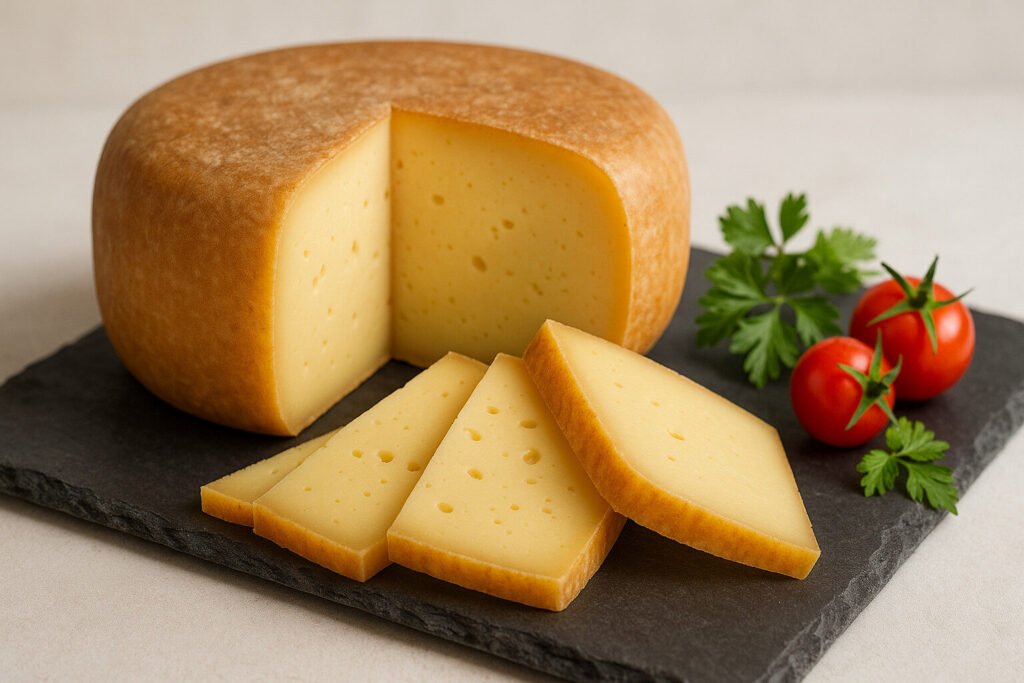Wooden Mould Cheese
Definition and Scope
Wooden mould cheese refers to cheeses formed using perforated wooden hoops during production. This traditional technique shapes the curds while allowing whey drainage and developing a rind. The method is primarily associated with artisanal European cheeses like Camembert de Normandie and certain Loire Valley goat cheeses.
These cheeses are categorized by their production method rather than milk type or aging period. The wooden moulds impart a distinctive flattened cylindrical shape and characteristic surface patterns. This classification highlights the importance of traditional tools in defining cheese style and quality.
Production Process
Production begins with ladling delicate curds into perforated wooden moulds placed on draining mats. The wooden construction allows gradual moisture release while maintaining curd structure. Moulds are turned regularly to ensure even drainage and rind development over several hours.
The porous nature of wood regulates humidity and promotes natural mold growth essential for rind formation. After initial draining, cheeses are removed from moulds for salting and aging. This hands-on process contrasts with industrial methods using plastic equipment and accelerated production.
Sensory Profile
Wooden mould cheeses typically exhibit complex aromas with earthy, mushroomy notes from natural mold development. Their textures range from soft and creamy in young cheeses to semi-firm in aged varieties. The rind contributes significantly to the overall flavor profile through enzymatic activity.
Flavor characteristics include pronounced umami notes balanced by subtle saltiness and acidity. These cheeses often develop geosmin compounds that impart distinct forest floor aromas. The slow drainage process creates a cohesive paste with evenly distributed moisture content.
Culinary Applications
These cheeses serve as excellent table cheeses when served at room temperature to maximize aroma release. Their robust flavors make them suitable for baking in traditional dishes like Camembert en croûte. The rind is generally edible and contributes to the overall tasting experience.
Wooden mould cheeses pair well with crusty bread, nuts, and fruits like apples or pears. They complement medium-bodied wines such as Pinot Noir or dry cider. Their melting qualities make them ideal for sauces and grilled cheese preparations when younger varieties are selected.
Regional Examples
France’s Normandy region produces authentic Camembert de Normandie using wooden moulds as required by AOC regulations. The Loire Valley utilizes these moulds for classic goat cheeses like Crottin de Chavignol. These regional protections ensure traditional methods and distinctive characteristics are preserved.
Other European examples include certain Belgian monastery cheeses and Italian Robiola varieties. Modern American artisans have adopted wooden moulds for bloomy-rind cheeses inspired by European traditions. The geographical indication system protects the names and production methods of these heritage cheeses.

